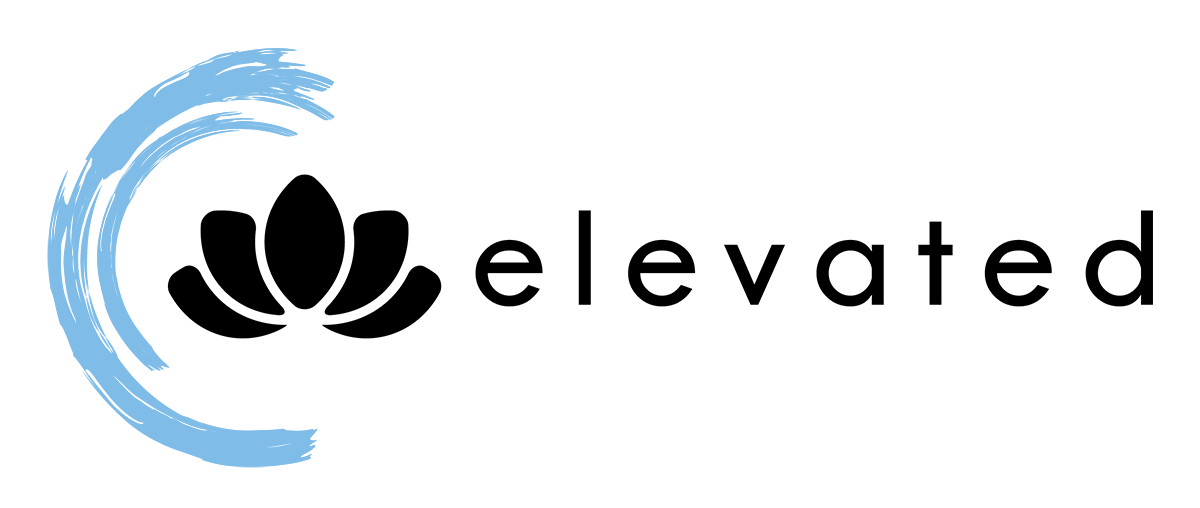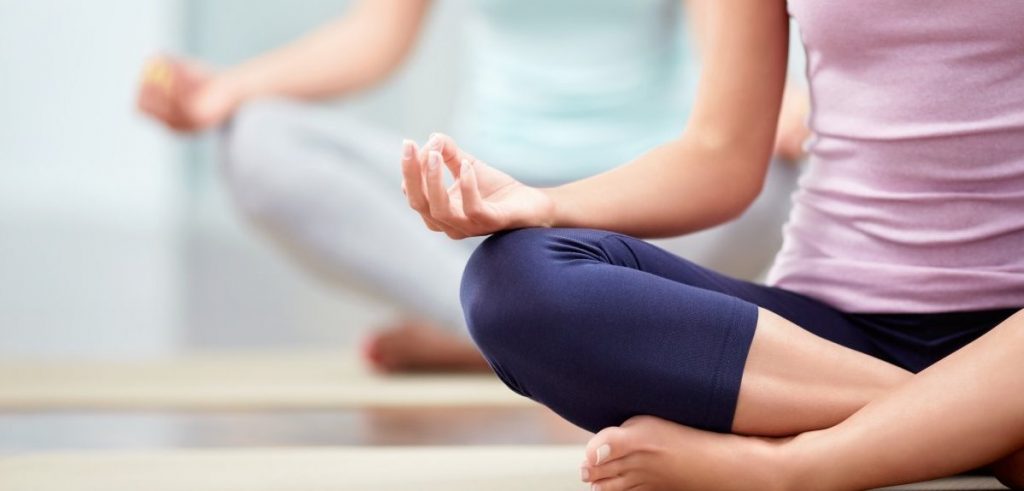What is meditation? Meditation is a word that has come to be used loosely and inaccurately in the modern world. That is why there is so much confusion about how to practice it. Some people use the word meditate when they mean thinking or contemplating. Others use it to refer to daydreaming or fantasizing. However, meditation (dhyana) is not any of these.
What is Meditation?
Meditation is a precise technique for resting the mind. Attaining a state of consciousness that is totally different from the normal waking state. It is the means for fathoming all the levels of ourselves. To finally experience the center of consciousness within. Meditation is not a part of any religion; it is a science. This means that the process of meditation follows a particular order, has definite principles, and produces results that can be verified.
In meditation, the mind is clear, relaxed, and inwardly focused. When you meditate, you are fully awake and alert. Your mind is not focused on the external world or on the events taking place around you. Meditation requires an inner state that is still and one-pointed so that the mind becomes silent. When the mind is silent and no longer distracts you, meditation deepens.
Turning Inward
From childhood onward, we have been educated only to examine and verify things in the external world. No one has taught us how to look within, to find within, and to verify within. Therefore, we remain strangers to ourselves, while trying to get to know others. This lack of self-understanding is one of the main reasons our relationships don’t seem to work. Also why confusion and disappointment so often prevail in our life.
Very little of the mind is cultivated by our formal educational system. The part of the mind that dreams and sleeps—the vast realm of the unconscious which is the reservoir of all our experiences—remains unknown and undisciplined. It is not subject to any control. It is true that the whole of the body is in the mind, but the whole of the mind is not in the body. Except for the practice of meditation, there is no method to truly develop control over the totality of the mind.
The goal of meditation is to go beyond the mind and experience our essential nature. This is described as peace, happiness, and bliss. But as anyone who has tried to meditate knows, the mind itself is the biggest obstacle standing between ourselves and this awareness. The mind is undisciplined and unruly. It resists any attempts to discipline it or to guide it on a particular path. The mind has a mind of its own. That is why many people sit for meditation and experience only fantasies, daydreams, or hallucinations. They never attain the stillness that distinguishes the genuine experience of deep meditation.
We are taught how to move and behave in the outer world, but we are never taught how to be still and examine what is within ourselves. When we learn to do this through meditation, we attain the highest of all joys that can ever be experienced by a human being. All the other joys in the world are momentary, but the joy of meditation is immense and everlasting. This is not an exaggeration; it is a truth supported by the long line of sages, both those who renounced the world and attained truth, and those who continued living in the world yet remained unaffected by it.
Meditation is a practical means for calming yourself, for letting go of your biases and seeing what is, openly and clearly. It is a way of training the mind so that you are not distracted and caught up in its endless churning. Meditation teaches you to systematically explore your inner dimensions. It is a system of commitment, not commandment. You are committing to yourself, to your path, and to the goal of knowing yourself. But at the same time, learning to be calm and still should not become a ceremony or religious ritual; it is a universal requirement of the human body.
How to Cultivate Stillness
Learning how to be still is the method of meditation. The process of cultivating stillness begins with the body. In the yoga tradition, you are guided by a competent teacher to keep your head, neck, and trunk straight while sitting in a meditative posture (asana). When you have learned to be comfortable in this posture, you should form a regular habit of practicing in the same posture at the same time and at the same place every day.
Find a simple, uncluttered, quiet place where you will not be disturbed. Sit on the floor with a cushion under you or in a firm chair, with your back straight and your eyes closed. Then bring your awareness slowly down through your body, allowing all of the muscles to relax except those that are supporting your head, neck, and back. Take your time and enjoy the process of letting go of the tension in your body. Meditation is the art and science of letting go, and this letting go begins with the body and then progresses to thoughts.
Once the body is relaxed and at peace, bring your awareness to your breath. Notice which part of your lungs are being exercised as you breathe. If you are breathing primarily with your chest you will not be able to relax. Let your breathing come primarily through the movement of the diaphragm. Continue to observe your breath without trying to control it. At first the breath may be irregular, but gradually it will become smooth and even, without pauses and jerks.
Meditation is a process of giving your full attention to whatever object you have chosen. In this case you are choosing to be aware of the breath. Allow yourself to experience your breathing in an open and accepting way. Do not judge or attempt to control or change it. Open yourself so fully that eventually there is no distinction between you and the breathing. In this process many thoughts will arise in your mind: “Am I doing this right? When will this be over? Perhaps I should have closed the window. I forgot to make an important call. My neck hurts.” Hundreds of thoughts may come before you and each thought will call forth some further response: a judgment, an action, an interest in pursuing the thought further, an attempt to get rid of the thought.
At this point, if you simply remain aware of this process instead of reacting to the thought, you will become aware of how restless your mind is. It tosses and turns like you do on a night when you cannot fall asleep. But that is only a problem when you identify with the mind and react to the various thoughts it throws at you. If you do, you will be caught in a never-ending whirlwind of restless activity. But if you simply attend to those thoughts when they arise, without reacting, or if you react and attend to the reaction, then they cannot really disturb you. Remember—it is not the thoughts that disturb you, but your reaction to them.
Paying Attention
Meditation is very simple. It is simply attending. You can begin by attending to your breath, and then if a thought comes, attend to it, notice it, be open to it—and it will pass. Then you can come back to the breath. Your normal response is to react to all your thoughts, and this keeps you ever busy in a sea of confusion. Meditation teaches you to attend to what is taking place within without reacting, and this makes all the difference. It brings you freedom from the mind and its meandering. And in this freedom you begin to experience who you are, distinct from your mental turmoil. You experience inner joy and contentment, you experience relief and inner relaxation, and you find a respite from the tumult of your life. You have given yourself an inner vacation.
This inner vacation is not a retreat from the world but the foundation for finding inner peace. You must also learn to apply the principle of attending in your worldly activities, so that you can apply yourself in the world more effectively. Through practicing meditation you can learn to be open to what comes before you in your daily life and give it your full attention.
Ordinarily, you react to the experiences that come before you in much the same way that you react to your thoughts. If someone says something negative to you, you become angry or depressed. If you lose something, you become emotionally upset. Your mood depends on what comes before you, and, as a result, your life is like a roller coaster ride. You react before you have fully experienced what you are reacting to. You immediately interpret what you see or hear according to your expectation, fears, prejudices, or resistances. You short-circuit the experience, and thus limit yourself to one or two conditioned responses instead of responding to a situation openly and creatively.
But if you apply the principle of meditation to experiences that come before you, you can fully attend to what is taking place. You can attend to your initial reaction without reacting to your reaction: “Oh, look how threatened I feel by that.” Let yourself be open to experiencing your reaction and it will move through you and allow other spontaneous responses to also come forward, so that you can select the one that is most helpful in that particular situation.
In this way meditation is very therapeutic. It not only leads to inner balance and stability, it also exposes your inner complexes, your immaturities, your unproductive reflexes and habits. Instead of living in these complexes and habits and acting them out, they are brought to your awareness and you can give them your full attention. Only then will they clear.
Signs of Progress
Have patience and do your practice systematically. Every action has a reaction. It is not possible for you to meditate and not receive benefits. You may not notice those benefits now, but slowly and gradually you are storing the samskaras (impressions) in the unconscious mind that will help you later. If you sow a seed today, you don’t reap the fruit tomorrow, but eventually you will. It takes time to see results; be gentle with yourself.
Meditation means gently fathoming all the levels of your being, one level after another. Be honest with yourself. Don’t care what others say about their experiences—keep your mind focused on your goal. It is your own mind that does not allow you to meditate. To work with your mind, you’ll have to be patient; you’ll have to work with yourself gradually.
At first you may see progress in terms of physical relaxation and emotional calmness. Later you may notice other, more subtle changes. Some of the most important benefits of meditation make themselves known gradually over time and are not dramatic or easily observed. Persist in your practice and you will find that meditation is a means of freeing yourself from the worries that gnaw at you. Then you are free to experience the joy of being fully present, here and now.




